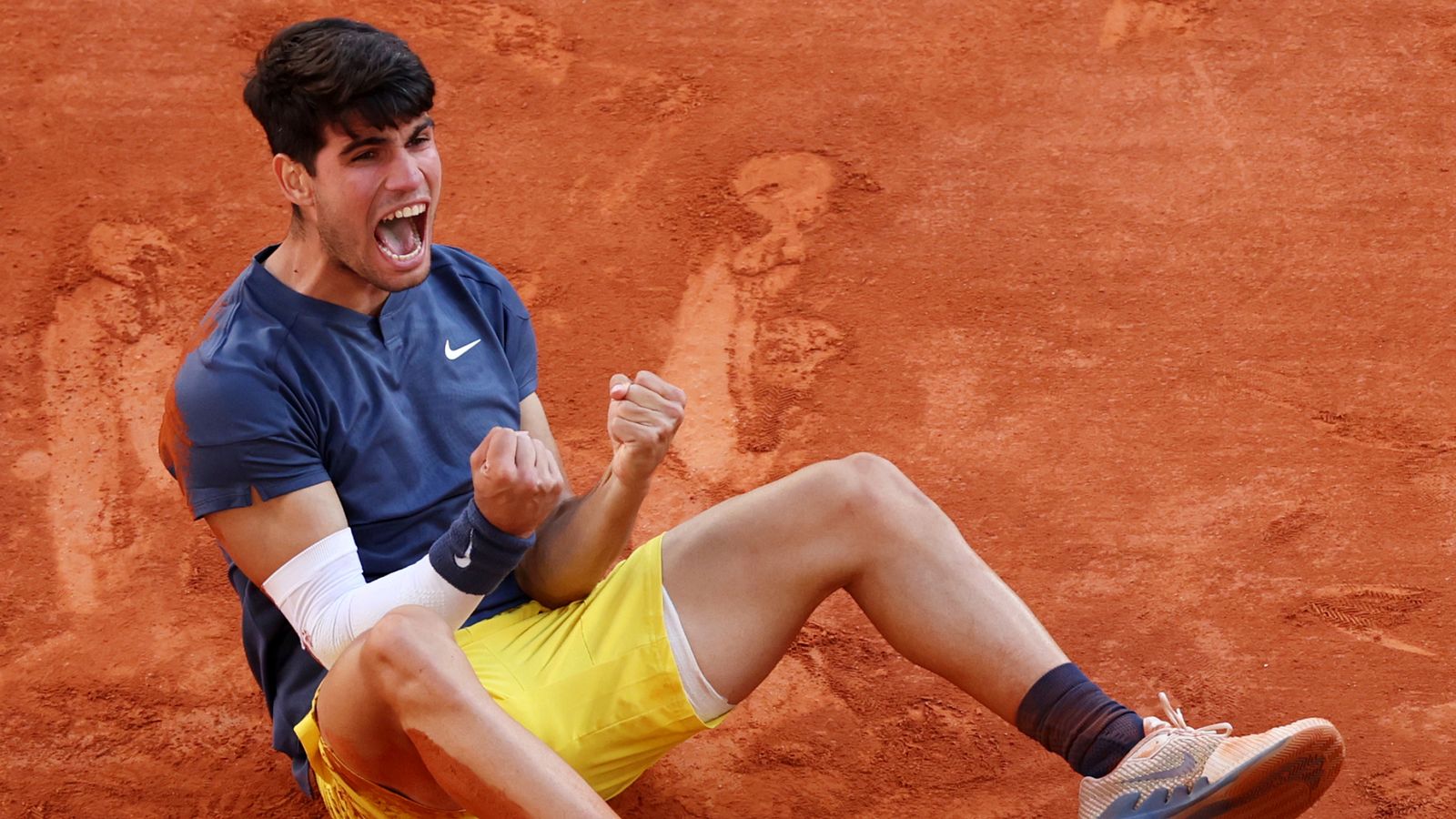In an increasingly digitized world, where algorithms dictate preferences and machines strive for infallible precision, one of tennis`s most revered bastions is holding firm. The French Open, often affectionately known as Roland Garros, has declared its intention to retain human line judges for the 2026 tournament, solidifying its position as the last Grand Slam to resist the full embrace of electronic line calling (ELC).
This decision, confirmed by the French Tennis Federation (FFT), sets Roland Garros apart from its Grand Slam counterparts. Wimbledon, ever the traditionalist, is transitioning to electronic line calling by 2025, following the U.S. Open and Australian Open which have already made the switch. It seems Paris, with its iconic clay courts, is in no hurry to abandon the human element, even if it means becoming a charming anomaly in modern professional tennis.
The Clay Court Conundrum: A Unique Justification
The argument for human line judges at Roland Garros isn`t purely sentimental; it possesses a unique technical grounding. Unlike the hard courts of Melbourne or New York, or the hallowed grass of Wimbledon, the clay surface of Paris retains the distinct impression of a tennis ball upon impact. These visible ball marks serve as the primary evidence for contested calls, offering a tangible record that can be reviewed by the chair umpire.
This natural “Hawkeye” – the clay itself – allows for a verification process that inherently requires human interpretation. A line judge makes the initial call, and if challenged, the chair umpire descends from their perch to examine the mark, often with the intense scrutiny of players and fans alike. It’s a moment of old-world drama, a brief pause in the relentless pace of play, and a testament to the belief that the evidence is there, just waiting to be read by a trained eye.
A French Affair: Pride in Officiating Excellence
The FFT’s commitment to its human officials runs deeper than mere practicality. Vice President Lionel Ollinger noted the decision “will continue to show off the excellence of French umpiring, which is recognised across the world.” FFT President Gilles Moretton echoed this sentiment, stating, “We are a federation where umpires and line judges work every day and, I say this with all humility, we are the best country for providing officials on the tour.”
One might detect a subtle Gallic shrug at the global rush towards automation. While other tournaments opt for the sterile perfection of screens and sensors, Roland Garros seems content to champion its cadre of human experts. It’s a point of national pride, a strong training system, and a desire to remain a “benchmark” for officiating quality. Indeed, in 2025, 404 match officials, including 284 French representatives, are expected to grace the courts – a significant investment in human capital in an era increasingly dominated by technological solutions. Perhaps there`s an unspoken irony here: in striving for human excellence, one also accepts the inherent, charming imperfection that comes with it.
The March of the Machines: A Global Shift
The trend towards electronic line calling, pioneered and popularized by systems like Hawkeye, began as a means to reduce controversial calls and speed up play. It promised an objective, undeniable verdict, removing the human element of error – and, arguably, some of the heated drama. For many, ELC represents progress, ensuring fairness and alleviating pressure on human officials who operate under immense scrutiny.
Yet, the shift hasn`t been without its detractors. Some argue that the occasional, hotly debated call, the raw emotion of a player challenging a call, and even the rare incorrect judgment, are all part of the sport`s organic narrative. It adds a layer of unpredictability, a human touch that machines, for all their accuracy, simply cannot replicate. The silent, blinking lights of ELC can feel almost clinical compared to the sight of a line judge, stoic and focused, making a split-second decision.
Looking Ahead: How Long Can Tradition Hold?
President Moretton`s statement provides a glimpse into the future, “The federation`s will is to keep line judges as long as possible; right now, the players are driving the train. If one day they unanimously say: `We won`t play without the machine,` we`ll see…” This acknowledgment of player influence is crucial. Ultimately, professional tennis is shaped by its athletes. Should a consensus emerge among players that the clay court`s ball mark system is insufficient, or too prone to debate compared to the instant, digital verdict, then Roland Garros may eventually have to concede.
For now, however, the French Open stands firm. It offers a counter-narrative in the technological age, a quiet assertion that some aspects of sport are best preserved with a human touch. It’s a decision that invites tennis enthusiasts to ponder: what do we truly value in our games? The flawless, digital decree, or the nuanced, sometimes imperfect, but undeniably human judgment?
As the clay dust settles year after year, Roland Garros continues to champion the art of human officiating, a testament to a cherished tradition in the heart of Paris. The future is uncertain, but for 2026, the human line judge will remain an integral, and proudly French, part of the Grand Slam experience.







